Why Airport Food Costs So Much More Than It Should
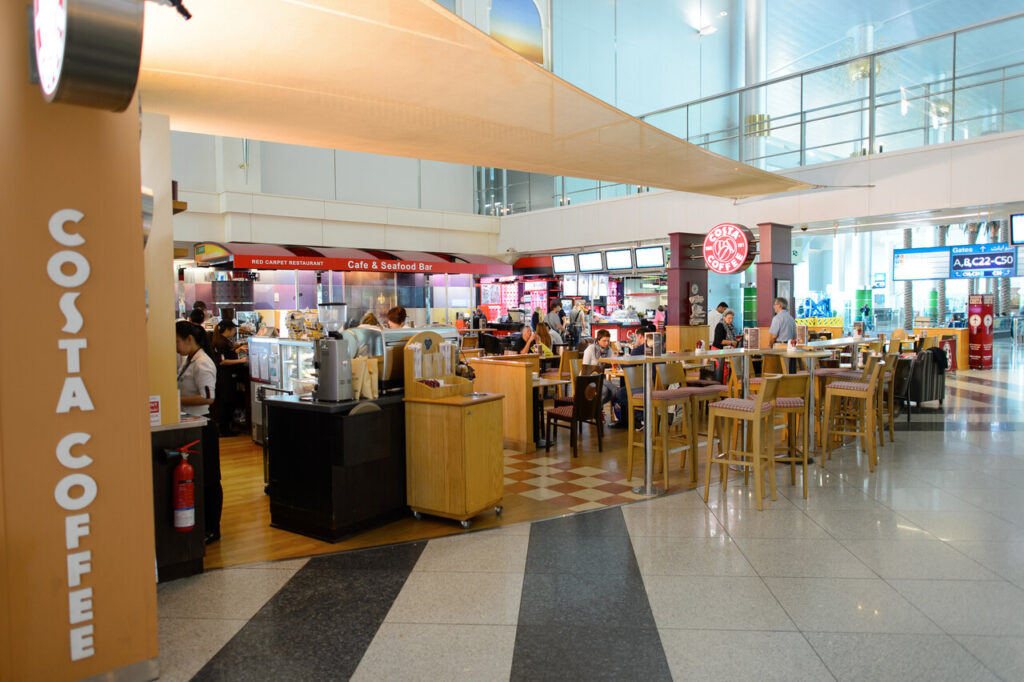
Airport food feels expensive because behind that $15 sandwich are extra layers of cost most travelers never see. Those costs aren’t random; they’re the product of underwriting, security, logistics, and commercial contracts built into airport operations.
This article unpacks the mechanics: premium rents and commissions, the added friction of secure deliveries and staffing, the captive-customer economics inside security lines, and how all those forces shape menu prices. Read it like a bill of materials, and you’ll start recognizing why a bottle of water can cost twice as much as downtown.
The High-Cost Real Estate of Terminals
Airports are unusual property markets: space is scarce, leases are structured to capture high rents, and many vendors pay a slice of sales as commission to the airport. That combination pushes baseline costs up before a vendor even pours the first cup of coffee. Expect higher per-square-foot rates, minimum guarantees, and percentage rents that make street-level pricing a floor, not a target.
Rent and Revenue-Share Models
Airports commonly use a mix of base rent plus a percentage of sales, and some require minimum annual guarantees. Those structures protect airport revenue but force vendors to bake higher prices into their models to meet lease obligations. In other words, every menu price helps cover a chunk of the landlord’s take.
Scarcity and Location Premium
There’s limited terminal real estate and high demand for the best foot-traffic spots. That scarcity raises the cost of entry and squeezes smaller operators, pushing chains and concessionaires into pricing that reflects both rent and the opportunity cost of occupying a prime gate area.
The Supply Chain and Logistics Premium
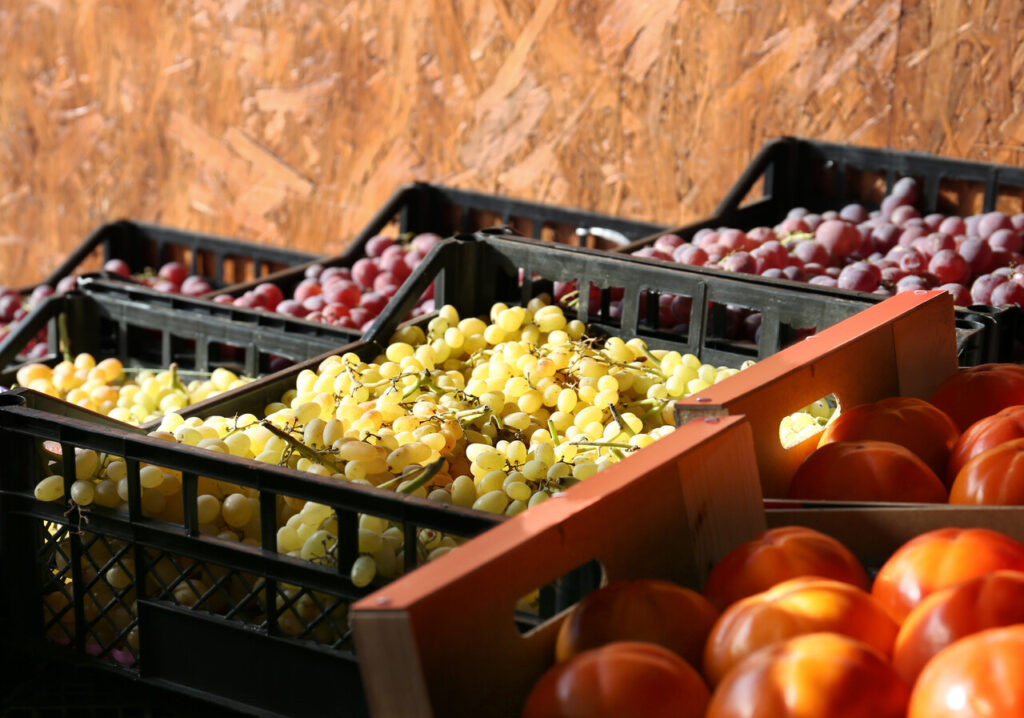
Airports impose unusual logistics demands: deliveries pass through secure checkpoints, orders are smaller and irregular, and storage is constrained. Those friction points multiply costs compared with a standard storefront. Vendors must schedule frequent, smaller deliveries and often pay premium freight to keep inventory moving on schedule.
Security and Delivery Hurdles
Suppliers and staff need credentials to access secure areas; deliveries require coordination with airport operations and security screening. That adds time and labor to routine supply tasks and raises vendor overheads, which filter down into higher menu prices.
Small-Order Premiums and Storage Limits
Because back-of-house space is tight, vendors can’t stockpile bulk supplies the way a regular restaurant might. They order more often in smaller batches, which costs more per unit. Add refrigerated space premiums and waste risk, and the supply chain becomes a built-in surcharge.
Labor, Utilities, and Operation Expenses
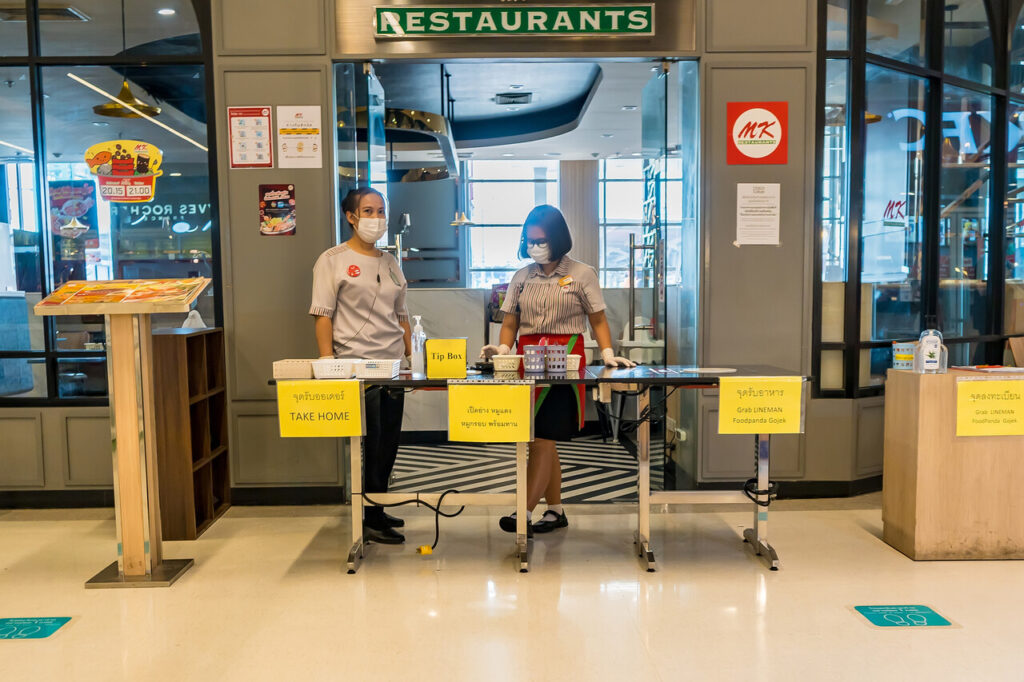
Running a terminal outlet costs more than a street-side unit. Staff often require background checks and badges; shifts must be flexible around flight schedules; cleaning, HVAC, and security services are constant. Airports may also charge vendors for common-area maintenance, utilities, and extra janitorial support. Those line items aren’t invisible; they’re folded into menu math.
Staffing and Security Requirements
Employees in secure zones need clearances and training, and turnover is frequent in food service. The result is higher recruitment and compliance costs for vendors that get added into prices.
Utilities, Maintenance, and Compliance
Airports demand stricter cleaning standards, 24/7 lighting, heavier HVAC loads, and more complex waste handling. Those operational costs are higher than a standard retail lease and are recovered through higher consumer prices.
Captive Customers and Pricing Power
Once past security, travelers have limited alternatives. That “captive audience” dynamic gives vendors pricing power: when convenience and time pressures dominate, willingness to pay rises. It’s not just economics, it’s behavioral: delayed flights, early mornings, and hunger make travelers less price-sensitive, and vendors design menus and portions around that reality.
Competition is constrained inside terminals, so vendors can command a margin above what they’d charge on the street. Even when airports try to enforce “street pricing” rules, the extra fixed costs still push absolute prices higher.
Travel contexts, stress, time scarcity, lack of carry options, and shift buyer behavior. People accept the premium for convenience, which means airlines, concessionaires, and landlords can rely on steady demand despite higher prices.
Competition, Regulation, and Oversight
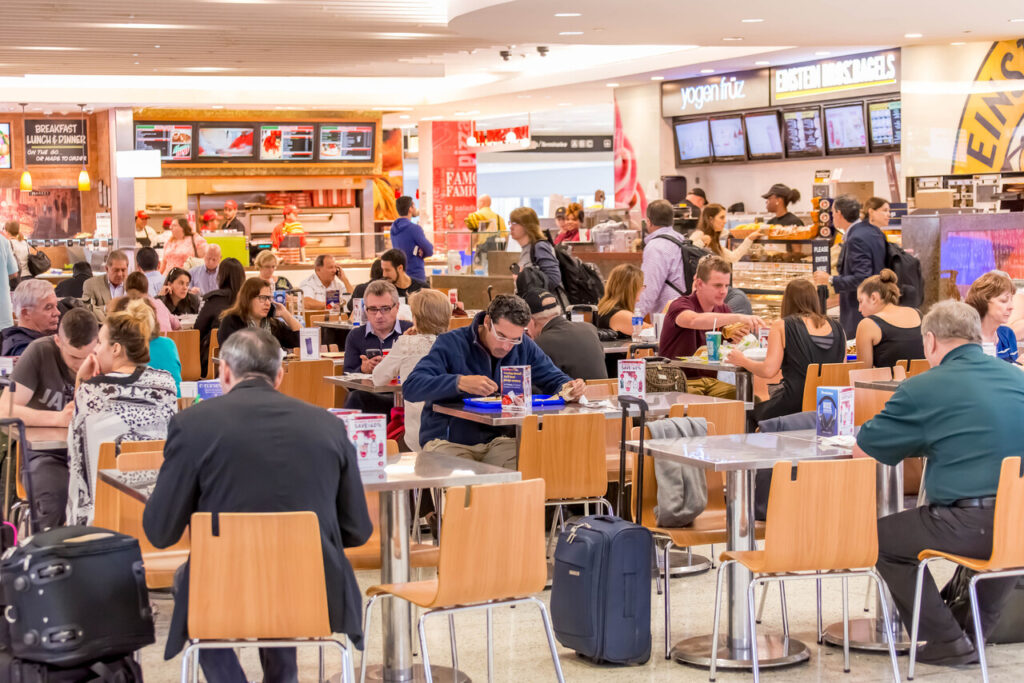
Airports control who wins concessions through RFPs and vendor selection. That gatekeeping can limit competition, but it’s also how airports maintain brand standards and security. Some airports mandate “street pricing” caps, while others prioritize revenue maximization through favored national brands. Those policy choices affect both variety and cost.
Vendor Selection and Contract Terms
Requests for proposals, franchise approvals, and contract lengths create barriers to entry. Established operators with deep pockets can absorb steep lease terms and pass costs forward, reducing price pressure from new entrants.
Regulatory Trade-offs
Airports balance traveler experience, safety, and revenue. Policies that keep prices low may reduce non-aeronautical income, which airports often rely on to fund operations. That tension shows up in concession mixes and pricing outcomes.
Traveler Strategies and Cost-Saving Tips
You don’t have to accept sticker shock. Pack a few portable snacks, eat before you pass security, or use airport apps to pre-order and lock in menu prices. Lounges, credit-card benefits, and certain loyalty programs also offset costs. When time allows, step outside security at airports with easy re-entry rules; cheaper options often exist one terminal over.
Pre-Order, Pre-Pack, and Plan
Ordering ahead through apps reduces impulse buys and sometimes avoids surcharges. Bringing your own snacks or a refillable water bottle (where allowed) is the simplest, cheapest solution.
Lounge Access and Membership Hacks
A lounge pass or a travel credit card that includes food or dining credits can convert expensive airport meals into a better value, especially on long layovers.
What the Mark-Up Says about Airports and Commerce
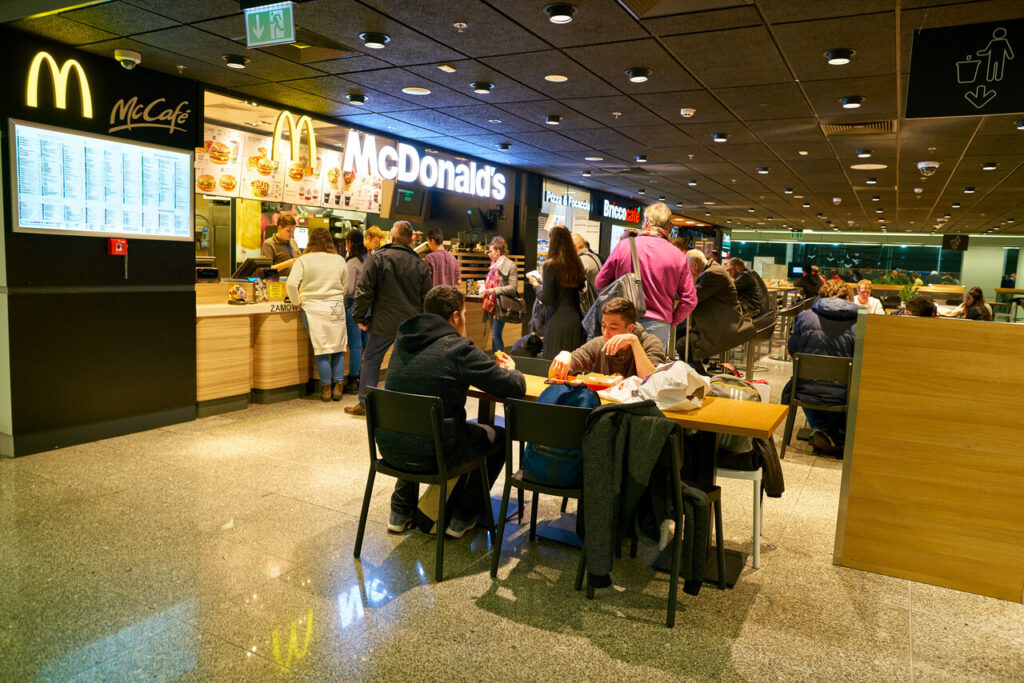
High airport prices reveal how travel infrastructure is funded. Non-aeronautical revenue, parking, retail, and concessions, subsidize airport operations and keep ticket prices or taxes lower.
So the premium you pay at a terminal counter is part consumer choice, part public finance: a way airports monetize captive moments to balance budgets. Recognizing that link reframes sticker shock as a policy choice, not just price gouging.
Refereneces
- Why is airport food so expensive? – thehustle.co
- Why Your Airport Burger Costs That Much – theatlantic.com
- Why Is Airport Food So Expensive? – simpleflying.com





